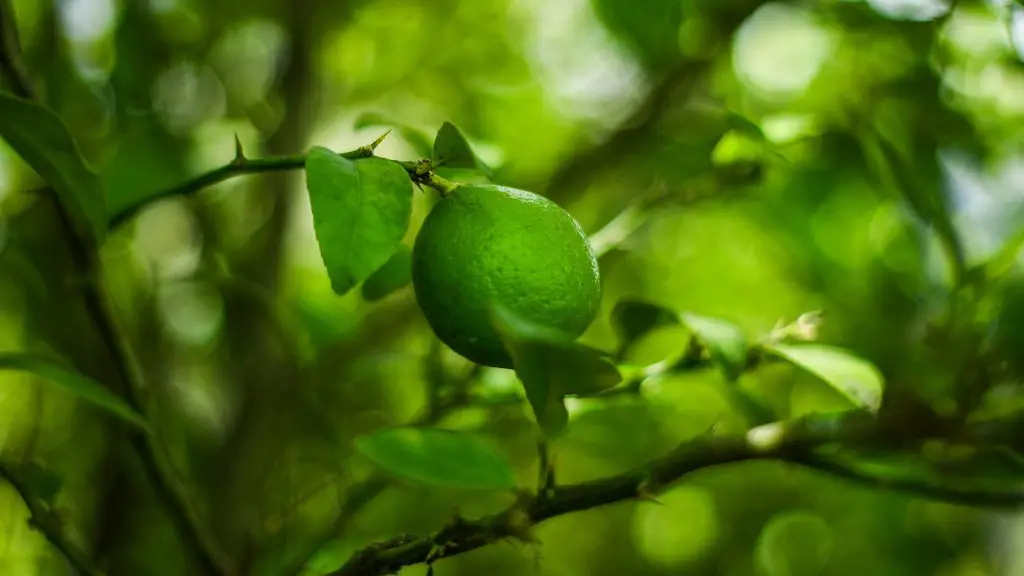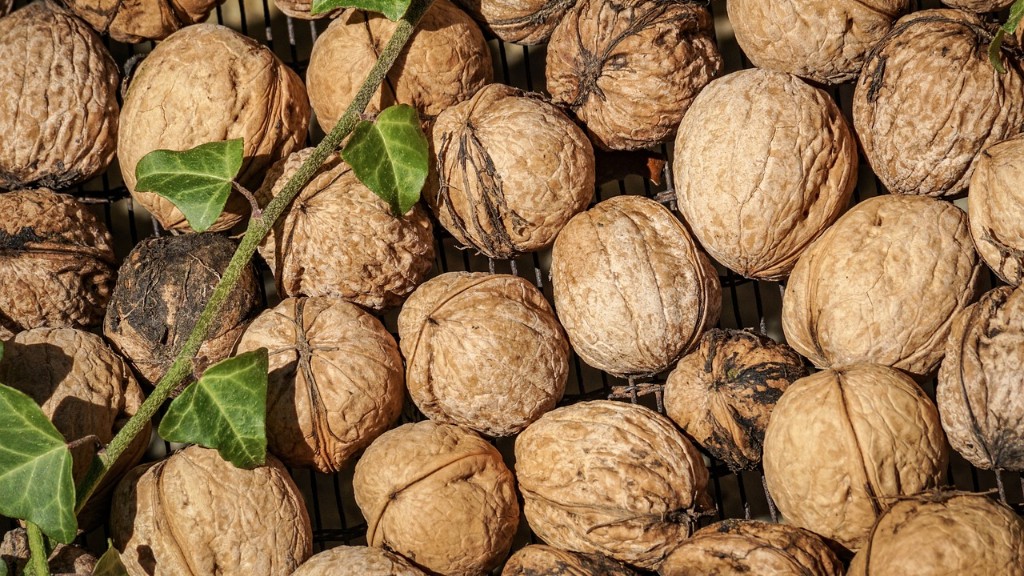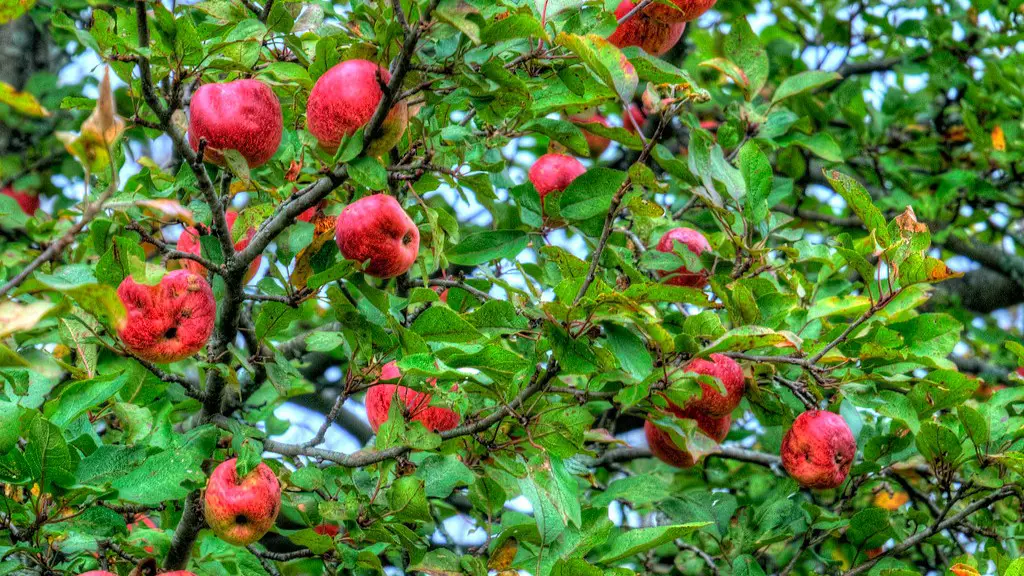How to make a lemon tree bushy? Bushing up a lemon tree is a great way to maximize fruit production. It involves regular pruning to encourage new growth and promote dense foliage, and it can be done by any home gardener. Here’s what you have to do:
First, pick a sunny spot for your lemon tree. Lemon trees need direct sunlight for at least 6-8 hours a day, so make sure it’s in a location with plenty of sun. Let the tree become acclimated in its new location for a few weeks before you start pruning.
Second, give your lemon tree a good pruning. Cut off dead or diseased wood and any branches that are too close together. This will create an open center with branches growing outward. You’ll also want to prune back any branches that are longer than 8 inches. When pruning, make sure that all cuts are clean and angled outward.
Third, fertilize regularly. During the growing season, fertilize your tree every three to four months with an organic citrus fertilizer. Make sure you apply the fertilizer evenly, avoiding stems and leaves.
Fourth, water your lemon tree properly. Lemon trees need plenty of water, but it’s important not to overwater. Make sure the soil is well-draining, and water only when the soil is dry. Do not let the lemon tree sit in standing water, as this can lead to root rot.
Fifth, provide adequate airflow. Finally, ensure that the lemon tree is getting good airflow by keeping its branches spread apart. This will help to keep the tree healthy and encourage bushy growth.
Pruning an Established Tree
If you’re dealing with an established lemon tree, then regular pruning is essential for keeping it bushy. Start by pruning away any dead or diseased wood and any branches that are too close together. You may also need to prune back long branches in order to encourage more lateral growth. Make sure that all your cuts are clean and angled outward. Pruning an established tree can also help to balance out the total amount of fruit you’re harvesting.
Caring for a Lemon Tree
Taking proper care of your lemon tree is crucial for keeping it bushy and healthy. Make sure you plant it in a sunny location and give it plenty of water and fertilizer. Avoid over-watering your tree, as it could cause root rot, and be sure to provide adequate airflow through the branches. If there are problems with pests or diseases, then you may need to use natural remedies like neem oil or insecticidal soap.
Container Trees
If you have a lemon tree in a pot, then it’s important to be especially vigilant about pruning and caring for it. Lemon trees in containers don’t develop as much natural branching as trees in the ground, so you’ll need to be sure to prune them regularly. You’ll also need to be sure to provide adequate soil drainage, as standing water can lead to root rot. Finally, be sure to keep the soil consistently moist without over-watering.
Fruit-Thinning
Fruit-thinning is an important part of maintaining a bushy, productive lemon tree. If your lemon tree is producing too much fruit, then you’ll need to thin out some of the stems to encourage more lateral growth. Thin out clusters of fruits and leave only one or two fruits per stem. This will help to ensure that the tree is getting enough energy to spread outward, rather than just producing lots of fruit all in one spot.
Winter Care
Lemon trees are often grown in subtropical and tropical climates, but if you’re in a colder area, then you’ll need to take special care of your tree during the winter months. Mulching your tree near the end of fall can help to keep the roots warm, and you may want to consider moving it indoors or providing some type of heat source, like an electric heater or a space heater, to ensure that it doesn’t suffer from cold damage. During winter, your lemon tree won’t need much water or fertilizer.
Choose the Right Variety
Lastly, it’s important to pick the right lemon tree variety for your particular climate and growing conditions. Varieties such as ‘Four Seasons’ and ‘Eureka’ are more cold-hardy than other varieties, meaning they can withstand colder temperatures than some other types. If your climate is prone to frost, then you’ll want to avoid varieties like ‘Meyer’, as they are not as resistant to frost. Choosing the right variety for your climate will help ensure that your lemon tree is as bushy and productive as possible.



